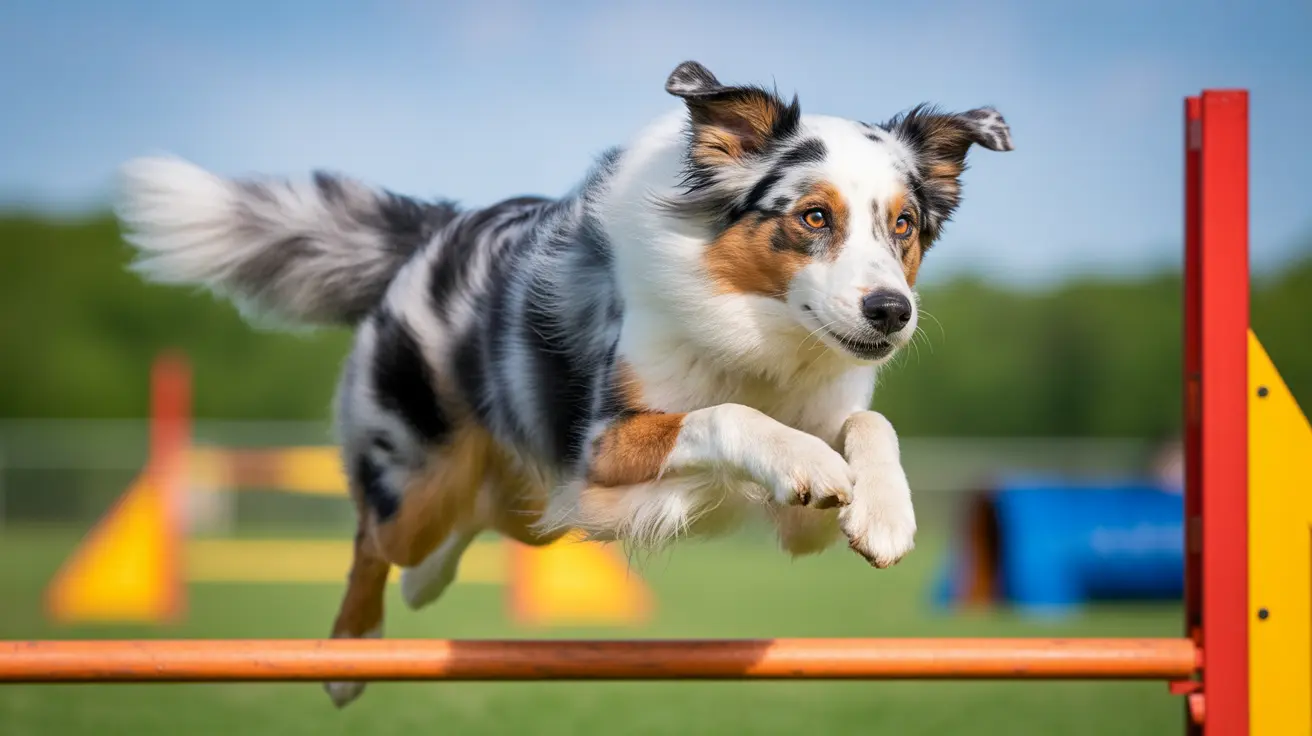Understanding the Downsides of Owning a Mastiff
While the Spanish Mastiff is a remarkable breed known for its loyalty, intelligence, and guarding capabilities, owning one is not a decision to be taken lightly. This breed’s immense size and strong-willed nature make it unsuitable for everyone. Below, we explore the major cons of owning a Mastiff—specifically the Spanish Mastiff—to help potential owners make an informed decision.
1. Enormous Size and Space Requirements
- Large physique: Male Spanish Mastiffs can weigh up to 220 pounds and stand 35 inches tall. This massive build requires ample living space.
- Not suitable for apartments: Due to their size and exercise needs, small living spaces can inconvenience these dogs and their owners.
- Need for outdoor access: They thrive in rural or spacious environments with secure yards where they can roam freely.
2. Not Ideal for First-Time Owners
- Independent nature: Known for their intelligence and independence, Spanish Mastiffs can be stubborn and difficult to train.
- Require experienced handlers: Owners must be confident, consistent, and patient, particularly with training and socialization.
3. High Grooming Demands
- Shedding: They shed heavily, especially in spring and fall, requiring several grooming sessions per week during those periods.
- Skin maintenance: Their loose skin, especially around the neck, is prone to infections and needs regular inspection and cleaning.
- Routine care: Regular ear cleaning, nail trimming, and dental hygiene are essential to prevent common health problems.
4. Health Concerns
- Prone to joint issues: Hip and elbow dysplasia are frequent, often necessitating lifelong management or surgery.
- Risk of bloat: Like many giant breeds, they can suffer from gastric dilatation-volvulus, requiring preventative feeding tactics and in some cases surgery.
- Other health risks: These dogs may develop heart conditions, hypothyroidism, entropion, and cancer as they age.
5. Behavioral Challenges
- Protective instincts: While loyal, they may become overprotective or aggressive toward strangers without proper socialization.
- Dominance issues: Poorly trained Spanish Mastiffs may try to assert dominance over unfamiliar dogs or family members.
- Training intensity: Obedience training must start early and include consistent, positive reinforcement and exposure to various social situations.
6. Moderate Activity Needs
- Daily exercise required: At least one hour of exercise, such as walks or playtime in a large yard, is essential to maintain health and temperament.
- Low indoor energy: While not hyperactive indoors, they can become restless or destructive without adequate outdoor activity.
7. Potential Property Damage
- Weight and strength: Their sheer size and strength may result in accidental damage to household items or landscaping.
- Barking: Their loud, booming bark, useful in guarding, can be disruptive in suburban or urban areas.
Final Thoughts
The Spanish Mastiff can be an incredible companion for the right owner—steadfast, loyal, and dignified. However, their care requirements, behavior traits, and health risks make them better suited to experienced owners with large properties and plenty of time to dedicate to their dog’s physical and emotional needs. Before choosing to adopt a Mastiff, carefully weigh these disadvantages against the breed’s many admirable qualities to ensure a harmonious relationship for both you and your pet.





